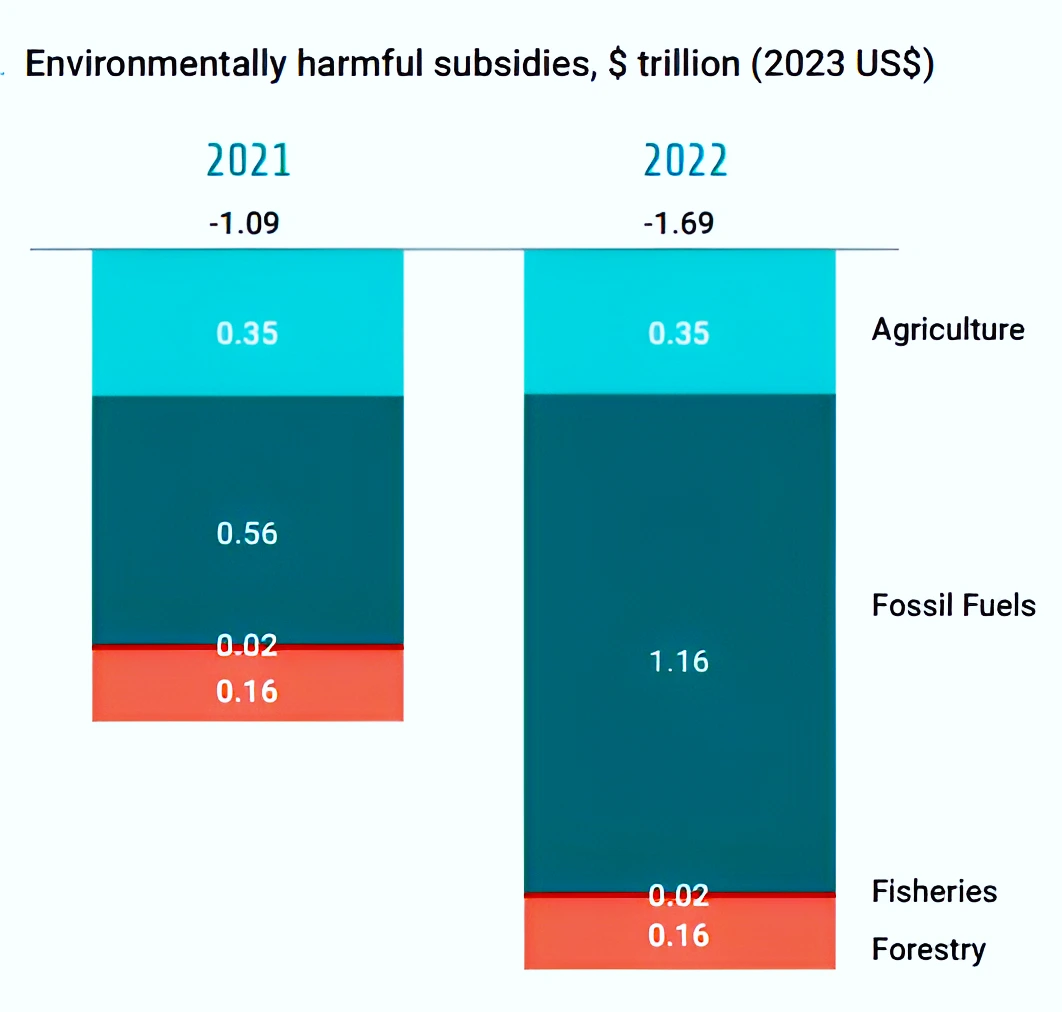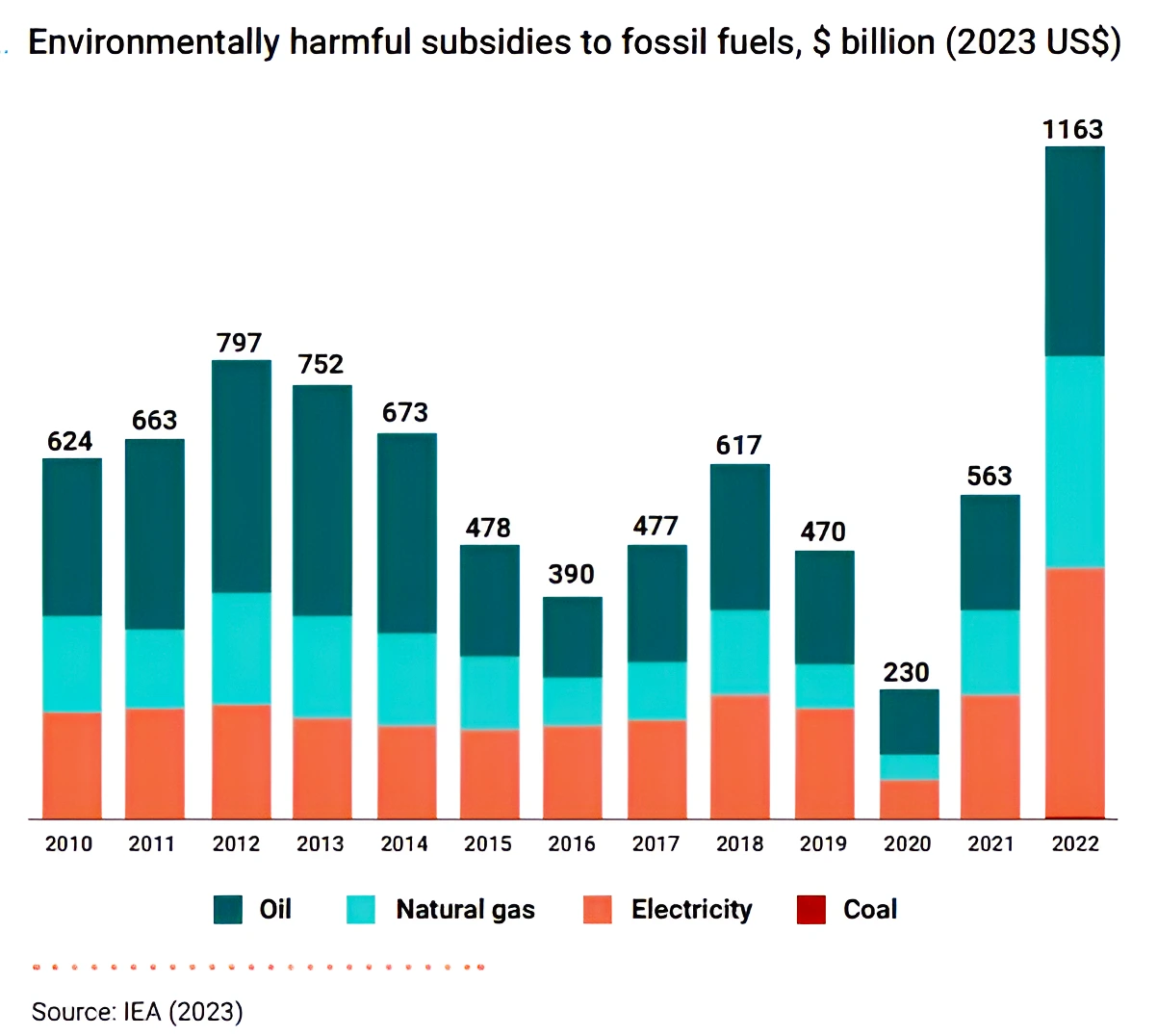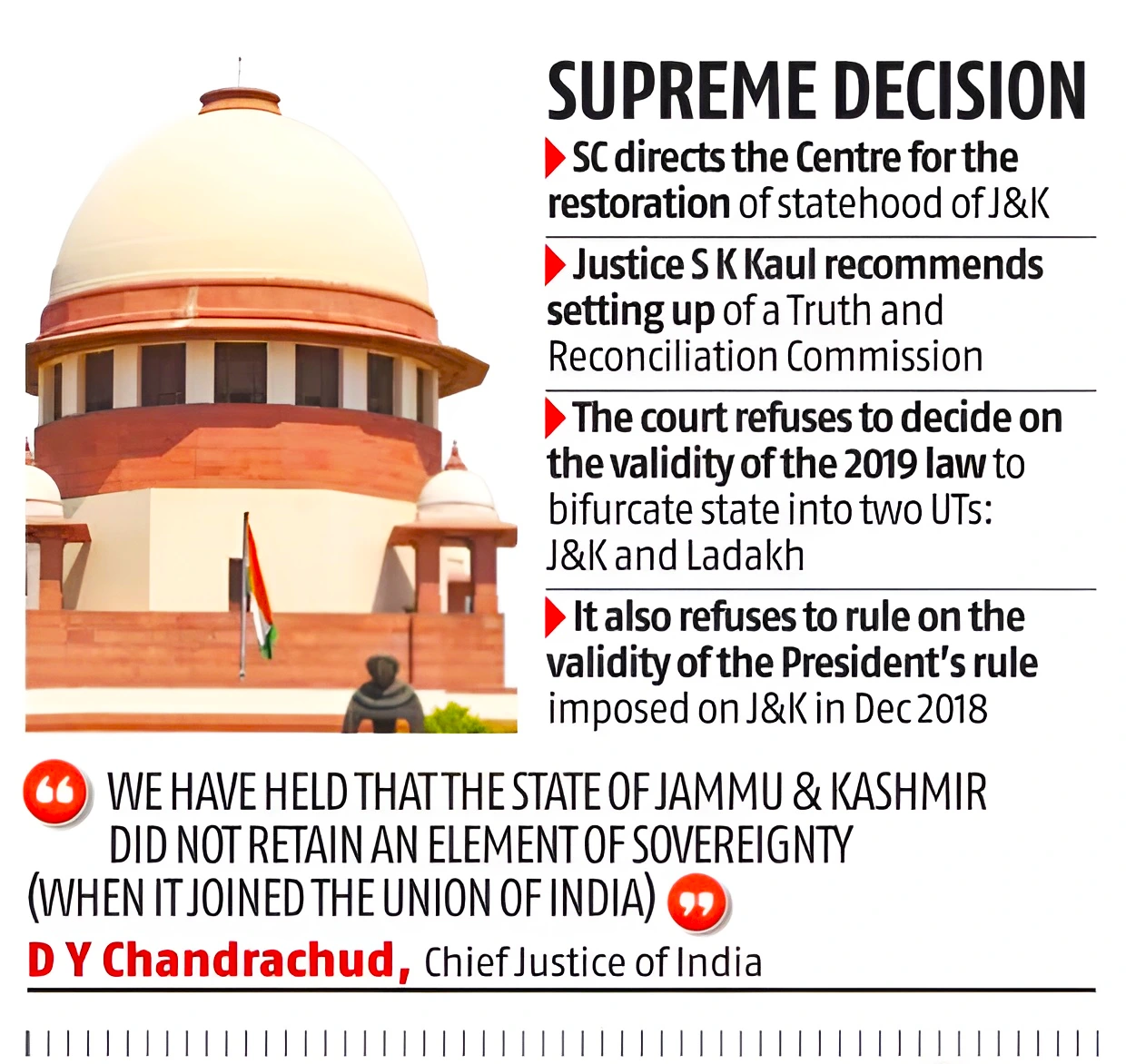Context: Recently, The Union Government submitted an affidavit in the Supreme Court stating that 32,381 people were ‘detected to be foreigners’ by the Foreigners Tribunals in Assam since 1966.
News source: The Hindu
Context: According to a recent report released by the Convention on the Conservation of Migratory Species of Wild Animals (CMS) reveals that Climate change has a devastating impact on migratory species
COP28: COP 28 refers to the United Nations Climate Change Conference in Dubai, United Arab Emirates in December 2023.
Learn more about the COP28 Climate Summit In Dubai, here. |
|---|
Role of Migratory Species in Mitigating Climate Change
|
|---|
| Global Efforts to Conserve Migratory Species:
Kunming-Montreal Global Biodiversity Framework Formation: The Kunming-Montreal Global Biodiversity Framework (GBF) was adopted during the fifteenth meeting of the Conference of the Parties (COP 15). Vision: The vision of the Kunming-Montreal Global Biodiversity Framework is a world of living in harmony with nature where “by 2050, biodiversity is valued, conserved, restored and wisely used, maintaining ecosystem services, sustaining a healthy planet and delivering benefits essential for all people.” |
|---|
News Source: Down to Earth
Context: According to Media Reports, the USA is concerned with Israel’s use of White Phosphorus in its offensive against Hamas and Hezbollah.
Israel- Hamas Conflict
Know more about the Israel-Hamas Conflict, here. |
|---|
Convention on Certain Conventional Weapons
|
|---|
News source: Livemint
Context: The Centre has decided to withdraw the three new criminal law bills from Lok Sabha to bring in new draft laws, reflecting some of the changes suggested by the Parliamentary panel.
Criminal law in India is primarily governed by
|
|---|
Source: Indian Express
Context: Recently, the Prime Minister addressed the nation in the ‘Viksit Bharat @2047: Voice of Youth workshop and urged citizens to pledge, ‘Whatever I do, should be for a developed India.’
Must Read: Government Preparing To Release Vision India 2047, here.
Source: Livemint
Context: POSH Act was notified and implemented on 9th Dec 2013. The Act has been completed 10 years since then.
Vishaka Guidelines
|
|---|
What is Sexual Harassment?
|
|---|
Must Read: Women Safety in India: Unveiling the Alarming Reality
Source: Indian Express
Context: NITI Aayog released the 1st Delta Ranking of Aspirational Blocks program (ABP)
Wall of fame
|
|---|
Aspirational District Programme:
|
|---|
News Source: PIB
Context: ‘AMRIT Technology’ (Arsenic and Metal Removal by Indian Technology) has been developed by IIT- Madras for the removal of Arsenic and Metal ions from water.
About AMRIT Technology
|
|---|
News source: PIB
Context: 7,700 firms voluntarily closed business since setting up the Center for Processing Accelerated Corporate Exit (C-PACE).
| Striking off of companies
Removing inactive, non-functioning, nonoperational, or dissolved corporations from the Ministry of Corporate Affairs (MCA) Register entails deleting them from the official database. |
|---|
Learn more about IMPORTANT INDEXES AND REPORTS, here.
About Indian Companies Act
|
|---|
News source: Livemint
Context: The State of Finance for Nature report has been recently released by the UN Environment Programme (UNEP).


Must Read: Loss And Damage Fund Approved At COP28 Summit
News Source: State of Finance for Nature (SFN)
Context: This article is based on the news “Bihar Cabinet passes resolution seeking special category status to State” which was published in the Hindu. Recently, Bihar’s Chief Minister urged the Union Home Minister to give the Status of Special Category State for Bihar, during the meeting of the Eastern Zonal Council (EZC).
| Relevancy for Prelims: Special Category States in India, National Development Council, Eastern Zonal Council (EZC), and Raghuram Rajan Committee.
Relevancy for Mains: Special Category Status: What it is? Its benefits and challenges. |
|---|
Demand for Special Category Status (SCS) in Other States
|
|---|
Must Read: 26th Eastern Zonal Council (EZC) Meeting Held at Patna, Bihar
What is the difference between special category status and special status?
Empowerment and Focus:
|
|---|
Also Read: Caste Survey in Bihar 2023
Bihar Chief Minister Nitish Kumar’s demand for the Status of a Special Category State during the 26th Eastern Zonal Council meeting reflects the ongoing efforts to address the developmental needs of the region.
| Prelims Question (2023)
Consider the following: 1. Demographic performance 2. Forest and ecology 3. Governance reforms 4. Stable government 5. Tax and fiscal efforts For the horizontal tax devolution, the Fifteenth Finance Commission used how many of the above as criteria other than population area and income distance? (a) Only two (b) Only three (c) Only four (d) All five Ans: (b) |
|---|
| Mains Question: In the context of India’s evolving fiscal federalism, discuss the challenges and potential solutions to ensure equitable intergovernmental transfers. (250 words, 15 Marks) |
|---|
Context: The Supreme Court (SC) Constitution bench led by CJI pronounced its verdict on petitions challenging the abrogation of Article 370 and bifurcation of the erstwhile state of Jammu and Kashmir into two Union territories.
| Relevancy for Prelims: Supreme Court of India, Article 3, 370, 35A, and 367 of the Indian Constitution, and Presidential Orders CO (The Constitution (Application To Jammu and Kashmir) Orders 272 and 273.
Relevancy for Mains: Article 370 of the Indian Constitution, Its Historical Background, Timeline, Abrogation, and Recent Supreme Court Verdict on it. |
|---|

Article 370: Timeline
|
|---|
Differences between a Constituent Assembly and a Legislative Assembly
|
|---|
Article 1 of the Constitution of India: It provides that India is a Union of States.
Section 3 of the Constitution of Jammu and Kashmir: It declared that Jammu and Kashmir is an integral part of India.
|
|---|
<div class="new-fform">
</div>